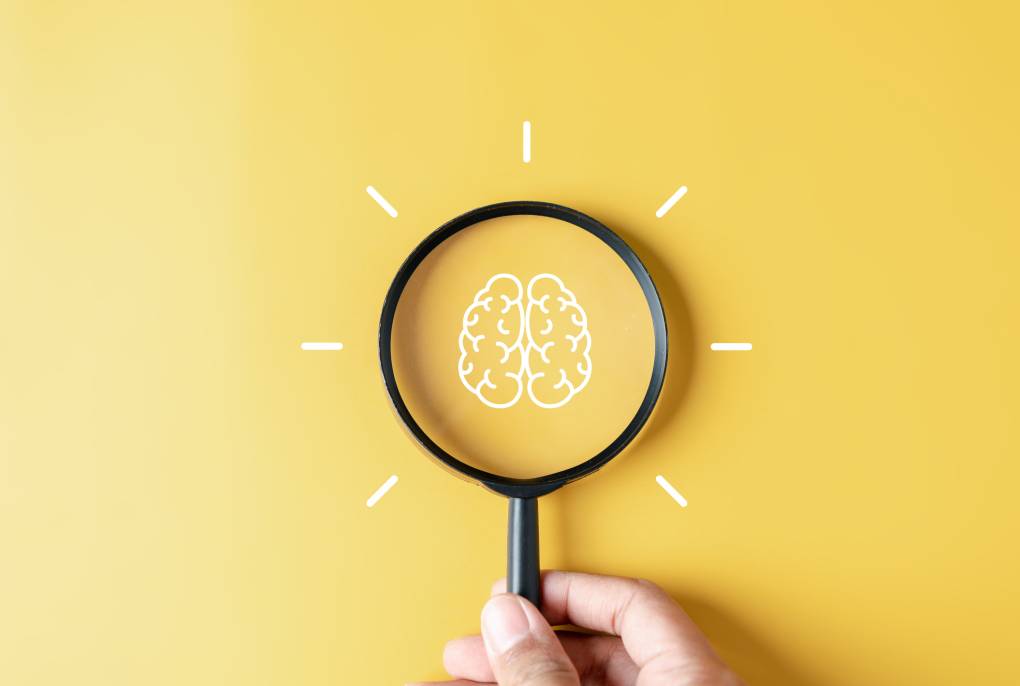However, when students lack the foundational knowledge that they might be able to relate to the new information provided, they may struggle with getting to a good understanding of the material.
Additionally, students who are pressed to memorize information without truly understanding the material can stymie their future learning. Why? When students are required to memorize information that they don’t understand, “that’s going to be something you’re going to forget really rapidly,” Willingham continued. “Understanding is really the cornerstone of remembering.”
Another reason why students can’t remember what they learned is because people just forget things.
Cara Goodwin, a child psychologist, said there is a neurological reason why students may not remember something that they were present for. The prefrontal cortex and hippocampus, the regions of the brain responsible for memory integration and retrieval, are not fully developed until 25 years of age, she said. “Our brain is developing very gradually throughout the course of childhood, so…these memory skills should get better and better as children get older,” she said.
According to Willingham, “forgetting is a natural part of memory.”
Teaching tools for information retention
Despite some forgetting, Conlon has her toolkit of strategies to help her students retain as much information as possible, such as speaking in Spanish for most of the class time to ensure kids have lots of exposure to Spanish. She also makes activities and lessons emotionally engaging for her students. “I do think that the more invested they are, the more they are going to be able to learn that language, and really pay attention to the input they’re getting,” said Conlon.
For Conlon’s first through fifth graders, emotionally engaged learning is done through play, singing, dancing and reading stories. In Connecticut, where she teaches, play-based learning is mandated for preschool and kindergarten, and schools are required to allow teachers to use a play-based learning approach through fifth grade.
According to Willingham, one effective strategy for learning is low stakes and ungraded quizzes with immediate feedback. “Going into your memory and trying to find something, even if you fail, is a really good way to cement something into memory that was in there, but kind of fragile,” he said.
Context clues can also be very helpful when helping students retrieve information that they think they’ve forgotten. This is also true for adults, said Goodwin. For example, if someone asks you what the capital of Virginia is, you might not remember, but if they give you a context clue like “it starts with the letter ‘R’” you might be able to guess that it’s Richmond, she continued.
Year-over-Year Curriculum Alignment and Teacher-to-Teacher Communication
Teachers can help students retain knowledge, but these processes need to be baked into the curriculum, at appropriate times, said Willingham. If there’s a skill or knowledge that must be retained by the time a student graduates from high school, but that student acquired this information for the first time in middle school, “then that content needs to be periodically revisited,” in meaningful ways, Willingham said.
Oftentimes teachers and other adults can forget what it’s like to be a student learning information for the first time. The “curse of knowledge,” as Willingham describes it, makes it difficult “to put yourself back in the mindset of someone who doesn’t yet know [certain information], and so it seems like it ought to be a whole lot simpler than it is.”
Conlon credited a district-wide push for stronger vertical articulation for the helpful inter-level conversations she’s had with other teachers in her department. Through these meetings Conlon and her elementary teacher colleagues are able to meet with middle school teachers to discuss how students prepare for sixth grade
Conlon encouraged teachers to take an observation day to see what other teachers at different levels are doing in their classrooms. At the elementary level, you might see students playing, “but that playing is leading to learning, and language acquisition, and social emotional skills and all those things that hopefully are setting them up for success for sixth grade,” said Conlon.






Leave a Reply